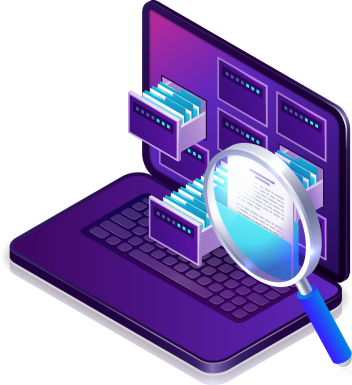1. What is a Proof-of-Concept on the Techcoin platform?
NFT-format of any article with an attached text of a brief description of the work, the names of the authors, and a review with the name of the review author. For articles on engineering developments, instead of a review, a video of a working prototype can be attached to the publication.
2. How to publish my science/engineering articles?
Register on the page HOME;
In the page of your personal account: “My account” → “Add new article” upload a file with your work, or file with your astrophotography and its description in “article short description” section, or your request for development of any actual problem in one of the specified formats;
You need to select the appropriate section of the library and name your article;
Also, you can specify if you want to publish your article anonymously;
You have the opportunity to auction your patent or idea and describe the terms of sale in the “additional information” section attach your contact details.
*Only a user who has published at least one article can open access to any section of the library. Entrepreneurs will also have access after any first publication or through authentication on request through the “contact us” form on the main page.
3. What is a Techcoin platform mission?
Techcoin’s mission is to bring together scientists and engineers from all over the world, to create a convenient platform for interaction with entrepreneurs.
One of the tasks of our platform is to create a technologically advanced payment system for the speed and convenience of money transfers.
4. What is a non-fungible token (NFT)?
For simple example, the physical dollars, euros and bank checks that we use every day to make purchases are fungible.
On the other hand, non-fungible item is unique and can’t be copied or substituted.
5. What is a blockchain?
A blockchain is a distributed database or ledger that is shared among the nodes of a computer network. As a database, a blockchain stores information electronically in digital format. Blockchains are best known for their crucial role in cryptocurrency systems, such as Bitcoin, for maintaining a secure and decentralized record of transactions. The innovation with a blockchain is that it guarantees the fidelity and security of a record of data and generates trust without the need for a trusted third party.
6. What is a DeFi?
Decentralized finance (DeFi) is an emerging financial technology that challenges the current centralized banking system. DeFi eliminates the fees that banks and other financial companies charge for using their services and promotes the use of peer-to-peer (or P2P) transactions.
7. What is a smart contract?
Smart contracts are simply programs stored on a blockchain that run when predetermined conditions are met. They typically are used to automate the execution of an agreement so that all participants can be immediately certain of the outcome, without any intermediary’s involvement or time loss. They can also automate a workflow, triggering the next action when conditions are met.
Smart contracts work by following simple “if/when…then…” statements that are written into code on a blockchain. A network of computers executes the actions when predetermined conditions have been met and verified.
While some applications of blockchain technology are Turing Complete, others are Turing Incomplete. This varies according to the scripting technology implemented.
By being Turing Complete, any blockchain has the capability to understand and implement any future agreement, even those that have not been thought of yet. In other words, blockchain’s Turing Completeness means that it is able to use its code base to perform virtually any task, as long as it has the correct instructions, enough time and processing power.
8. What is a DAO system?
A decentralized autonomous organization (DAO) is an emerging form of legal structure that has no central
governing body and whose members share a common goal to act in the best interest of the entity.

